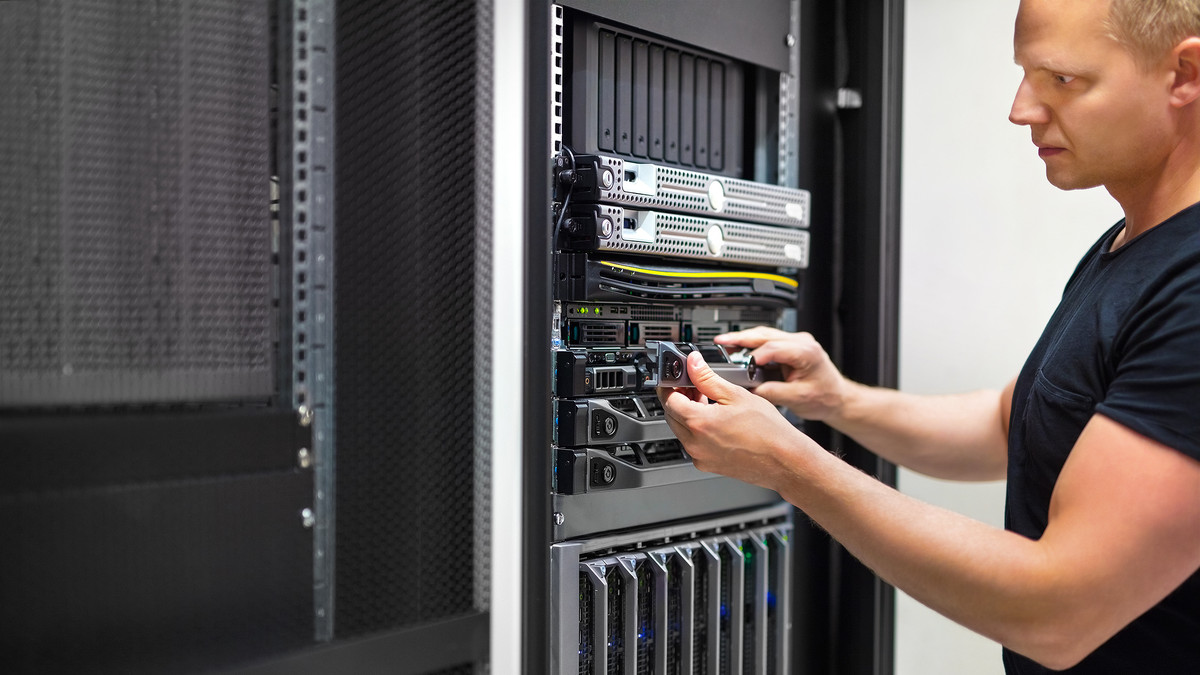By definition, just the name edge computing has an outlying connotation that really speaks to the technology and how it’s used. If you’re not familiar with it, it describes the modern state of cloud computing and remote technologies. However, it’s related more to the enterprise and software-as-a-service market, as opposed to straight cloud computing platforms.
As a whole, it is remarkably transformative — especially in the face of the current data-oriented, always-connected landscape.
Many attribute the emergence of edge computing to modern smart and connected devices, also known as IoT. While it’s certainly being elevated and accelerated thanks to this new field, IoT is not the sole reason edge computing is making an impact. It has its place in both the enterprise and consumer sides of the market. Big data is another newer, innovative technology that has similar requirements to IoT.
This is where data centers — and their future — come into play. These technologies, namely edge computing and cloud platforms, are here to stay. That’s not to say they are perfect nor optimized in full, because we still have a ways to go to improve the connections and experiences offered.
The Average Internet-Enabled Experience of Today
A majority of modern experiences — mobile or otherwise — rely on an active internet connection. Users and their experience solely hinges on that connection. There are mobile apps, for instance, that will stop working entirely without internet access. This is true of many software applications released lately, too.
It makes sense, because the data necessary to facilitate the average experience must be sent and received across an active connection. You tap into a remote server somewhere to download an update or patch or check in with official services.
The problem with this, however, is that when the internet connection is severed or those servers cannot be reached, it does a lot more than just hinder the user. It hinders the business too, and may even create a bottleneck in its revenue stream.
The more systems that must be active and functioning for an activity to take place, the more likely a failure will happen.
That’s where the concept of edge computing takes over, especially in regards to reliability and processing power. It involves and explicitly calls for the handling of data processing on the edge of a network, as opposed to locally on a device or local network.
Consider this: You establish a smart home-security system — maybe even for your small business — that remains connected to the internet. When you’re browsing locally, you can view your video feeds and security data anytime. However, once you leave the property, you must remotely connect to the network. You can tap into your security system via the internet using a smartphone or tablet, interact with various settings and even view feeds. The bulk of this processing is handled by an edge computing service, which remains relatively close to you and your network for added performance and speed, yet it’s still remotely handled.
That cloud platform is exactly the kind of edge computing setup we’re focused on here. The key component of this scenario, however, is that the network in question must be both reliable and speedy. Poor response times, lag or bandwidth issues, and extended outages are unacceptable, especially for a security system.
How Does This Tie Into the Modern Data Center?
Edge computing relies on moving computational power and processing to the edges of the network and much closer to the users or audience. It exists primarily to back up and power various remote systems, improve overall security and offset hardware demands.
Instead of establishing an internal server room or data center for your company, you can instead purchase or rent through one of the many third-party data centers that exist today. Without them, edge computing just wouldn’t be possible.
You could argue this boosts demand for data centers and data providers in today’s market, which is likely true. In 2018, the storage capacity of data centers stands at a collective 1,450 exabytes worldwide. It is expected to see annual growth, well beyond 2021.
Data centers will become even more important than they are now, an integral component of a reliable, user-friendly experience. This is especially true of mobile platforms, which will become even more prominent after the imminent 5G technology rollout. Data centers promise to be on the cutting edge of modern computing.
This article was written by Nathan Sykes from Information Management and was legally licensed through the NewsCred publisher network. Please direct all licensing questions to legal@newscred.com.
![]()



